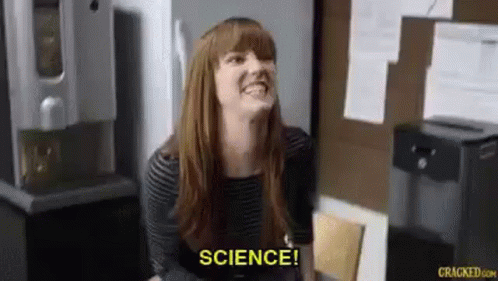Rainbows are definitely among the most beautiful nature's displays, but what are the physics behind?

Turns out that it's rather simple.
A rainbow is an optical phenomenon rather than an actual thing. It also requires water droplets to be floating in air.
The sunlight basically shines on the droplet, and when light passes into the droplet it slows down, in technical terms its phase velocity reduces, since water is denser than air, which also causes light to change direction (also called as refraction or bending).
Different colors of light travel at different speeds when in a medium (in this case the droplet) instead of a vacuum where they may travel at the same speed instead.
Sunlight is made up of many wavelengths (colors) of light. Some of those wavelengths get bent more than others when the light enters the water droplet. Violet (which is the shortest wavelength of visible light) bends the most, Red (which is the longest wavelength of visible light) bends the least. The highter the index of refraction of a color is, the more a color bends. Violet for example bending the most since the index of refraction equals light speed / light phase velocity, hence by this equation the color that bent the most is also the one that slowed down the most inside the droplet.
A dispersion into seven colors occurs as light changes its direction.
Visible light is nothing but a form of electromagnetic radiation and is defined as the wavelengths that are visible to most human eyes. The Rainbow is an optical phenomenon after all.
At that point, after the refraction occurs, a reflection follows inside the droplet and so light changes direction again.
Ultimately another refraction occurs, further emphasizing the original dispersion, and the rainbow is factually formed.
A few tags:
@MangoSenpai @Natalija @Tekashi69420 @Orojackson Refugee @5000 ng/dl or death @Kiwipom @Akai2

Turns out that it's rather simple.
A rainbow is an optical phenomenon rather than an actual thing. It also requires water droplets to be floating in air.
The sunlight basically shines on the droplet, and when light passes into the droplet it slows down, in technical terms its phase velocity reduces, since water is denser than air, which also causes light to change direction (also called as refraction or bending).
Different colors of light travel at different speeds when in a medium (in this case the droplet) instead of a vacuum where they may travel at the same speed instead.
Sunlight is made up of many wavelengths (colors) of light. Some of those wavelengths get bent more than others when the light enters the water droplet. Violet (which is the shortest wavelength of visible light) bends the most, Red (which is the longest wavelength of visible light) bends the least. The highter the index of refraction of a color is, the more a color bends. Violet for example bending the most since the index of refraction equals light speed / light phase velocity, hence by this equation the color that bent the most is also the one that slowed down the most inside the droplet.
A dispersion into seven colors occurs as light changes its direction.
Visible light is nothing but a form of electromagnetic radiation and is defined as the wavelengths that are visible to most human eyes. The Rainbow is an optical phenomenon after all.
At that point, after the refraction occurs, a reflection follows inside the droplet and so light changes direction again.
Ultimately another refraction occurs, further emphasizing the original dispersion, and the rainbow is factually formed.
A few tags:
@MangoSenpai @Natalija @Tekashi69420 @Orojackson Refugee @5000 ng/dl or death @Kiwipom @Akai2





